
For SpaceUpClose.com & RocketSTEM
PORT CANAVERAL/KENNEDY SPACE CENTER, FL – In a historic first a dynamic duo of recovered SpaceX Falcon 9 1st stages stood vertical simultaneously at sunset Tuesday, March 16 in Port Canaveral, Florida making an absolutely amazing sight to behold – after the 1st booster ever to fly to space and safely return nine times sailed into port this evening atop the ocean going droneship upon which it soft landed in the Atlantic just two days after blasting off just before sunrise Sunday, March 14 from the Kennedy Space Center (KSC).

About 45 minutes after being towed into the mouth of Port Canaveral the fleet leading 9x recycled booster B1051.9 grasped firmly upright on the OCISLY platform the 15 story tall stage was berthed around 7 p.m. EDT beside the second booster B1058.6 that had arrived just two days ago on Sunday, March 14 after its own 6th flight to space and back just five days ago on March 11 from pad 40 on Cape Canaveral – in a space lovers spectacle that has never happened before and no one knows if it will ever happen again.

A crowd of excited space enthusiasts and media along with members of the general public were on hand to witness and greet the history making pair of Falcon 9 rockets setting records like never before in short turnaround times like never before.

And it was a remarkable contrast in beauty – the newly arrived one with all 4 landing legs deployed down, the recently arrived one with all 4 landing legs retracted up just hours before flush with the booster core.
In fact B1058.6 was towed into port Sunday afternoon around 2 p.m. atop the other SpaceX droneship JRTI (Just Read the Instructions) just hours after B1051.9 blasted off from pad 39A at KSC at 6:01 a.m. EDT.

These pair of rather sooty and rather proud veteran venerable boosters B1051.9 and B1058.6 have now flown a spectacular total of 15 times successfully to space and back.
Enjoy our photos of the doubly vertical boosters at Port Canaveral from the Space UpClose team of Ken Kremer and Jean Wright.

The recycled SpaceX Falcon 9 booster B1051.9 established a new record by launching and landing the first time ever for the ninth time after blasting off at pre- sunrise Sunday morning Sunday, March 14, and successfully delivered another tranche of 60 Starlink broadband internet satellites to orbit – marking the 3rd Falcon 9 launch in 10 days from the Florida Space Coast and coming just three hours after switching clocks to daylight savings time on the US East Coast.
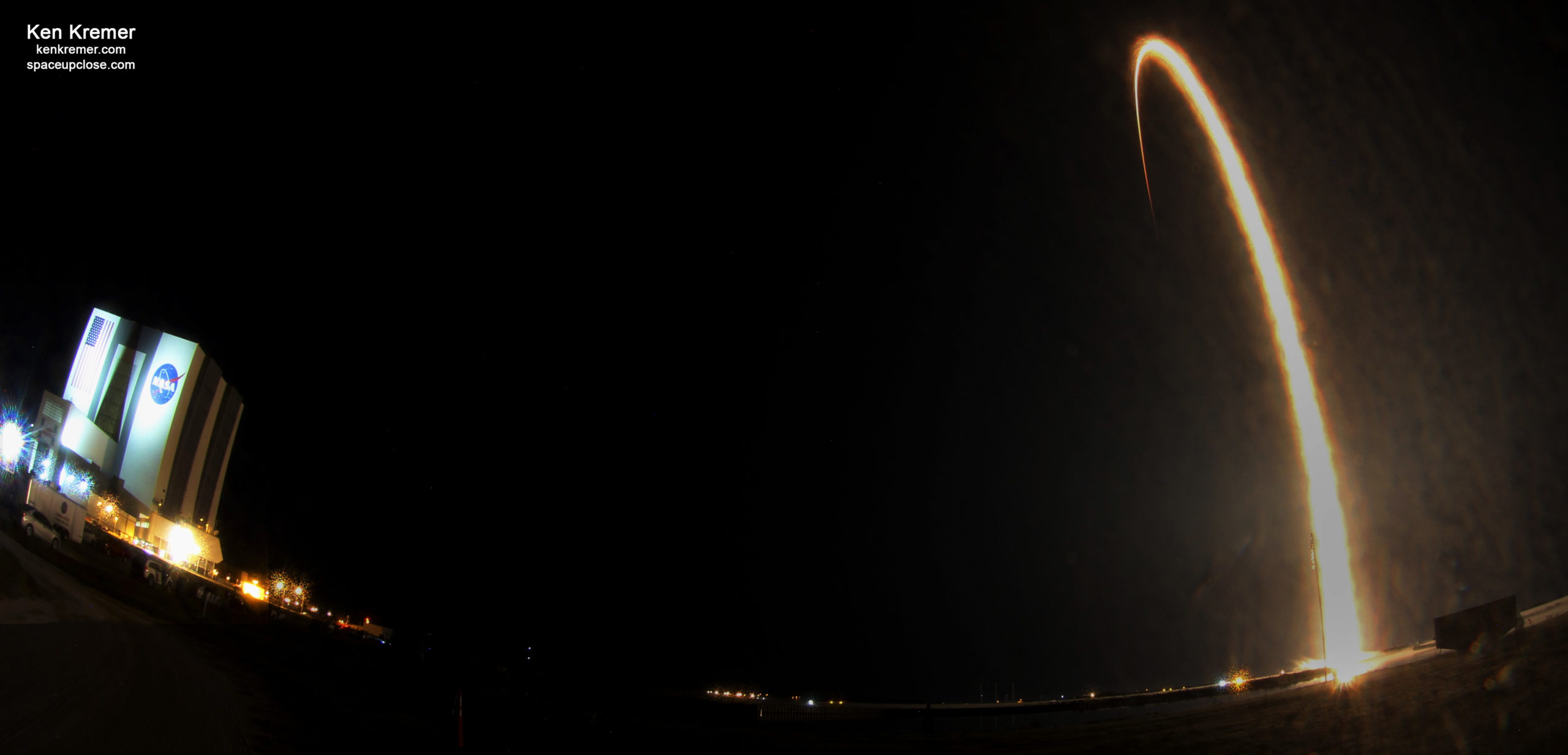
All 3 Falcon 9s each delivered 60 SpaceX Starlink broadband internet satellites to Low Earth Orbit (LEO) for a grand total of 180 couch-sized Starlinks to space in barely 10 days’ time from Florida’s busy Spaceport.
This was the 3rd Falcon 9 to liftoff in 10 days in March following two earlier ones on March 4 and March 11- see earlier our stories and photos.
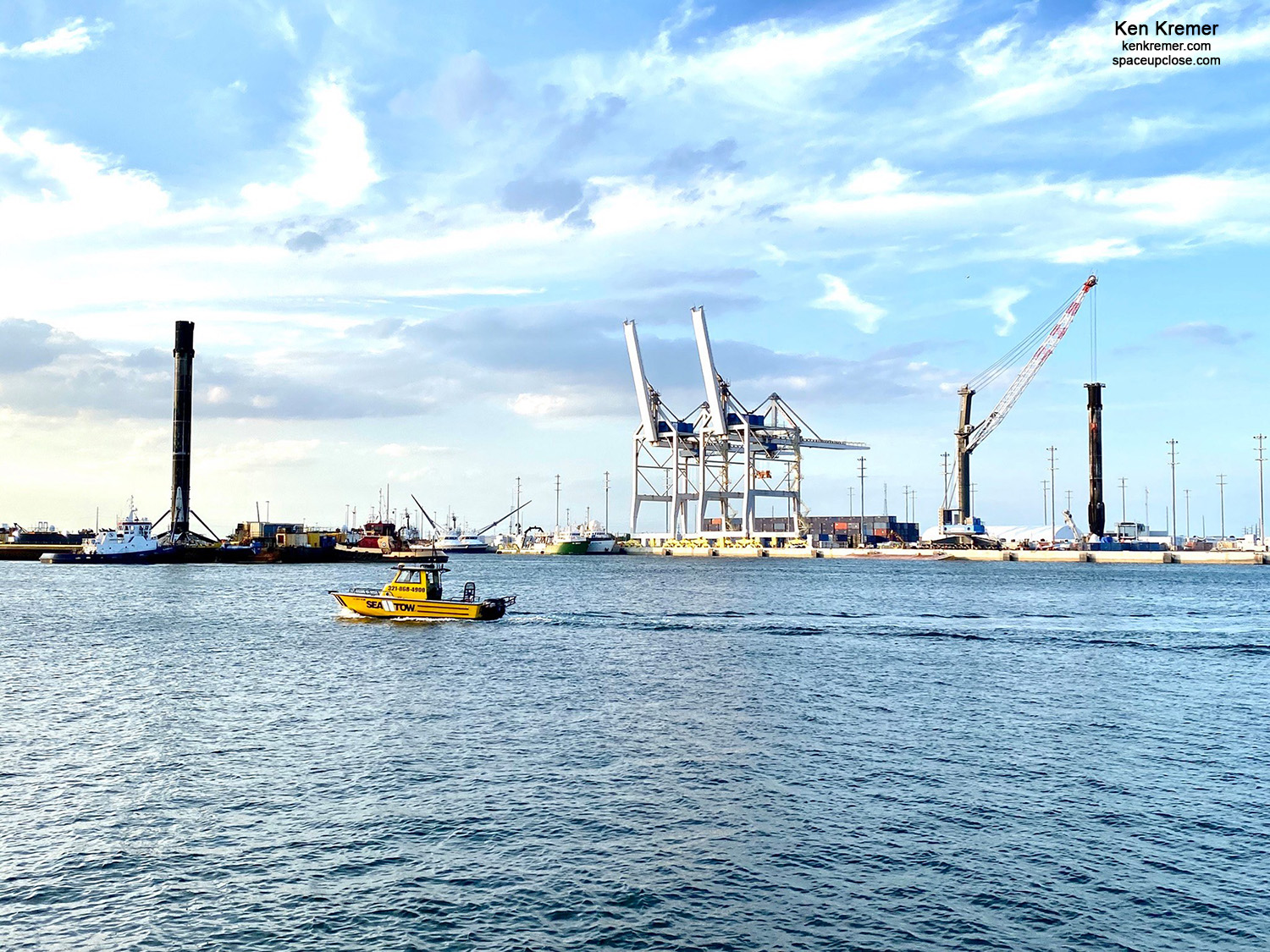
To date SpaceX has launched eight Falcon 9 rockets in 2021.
Recycling the 1st stage boosters many times has enabled SpaceX to maintain a rapid launch cadence of nearly 3 launches per month last year and even more planned this year.
The flawless liftoff of the SpaceX Falcon 9 B1051.9 into cloud free skies took place right on time at 6:01 a.m. EDT (1001 GMT) Sunday, March 14 from Launch Complex 39A (LC-39A) at NASA’s Kennedy Space Center in Florida in darkness carrying the next batch of 60 Starlink satellites to low earth orbit during an instantaneous launch window.
The Falcon 9 first stage B1051 supporting this mission previously supported launch of Crew Dragon’s first demonstration mission, RADARSAT Constellation Mission, SXM-7, and five Starlink missions most recently on Jan. 20, 2021.
Overall B1051.9 marked the 77th Falcon 9 1st stage landing by sea or land.

The liftoff of recycled SpaceX Falcon 9 B1058.6 into cloud free nighttime skies launch took place right on time at 3:13 a.m. ET soaring on its sixth flight from Space Launch Complex-40 on Cape Canaveral Air Force Station, in Florida carrying another batch of 60 Starlink satellites to low earth orbit during an instantaneous launch window.
The Falcon 9 first stage rocket booster B1058 supporting this mission previously supported launch of NASA astronauts Bob Behnken and Doug Hurley to the International Space Station on Demo-2 on its inaugural mission in May 2020, as well as ANASIS-II, CRS-21, Transporter-1, and a Starlink mission.
Overall B1058.6 marked the 76th Falcon 9 1st stage landing by sea or land.
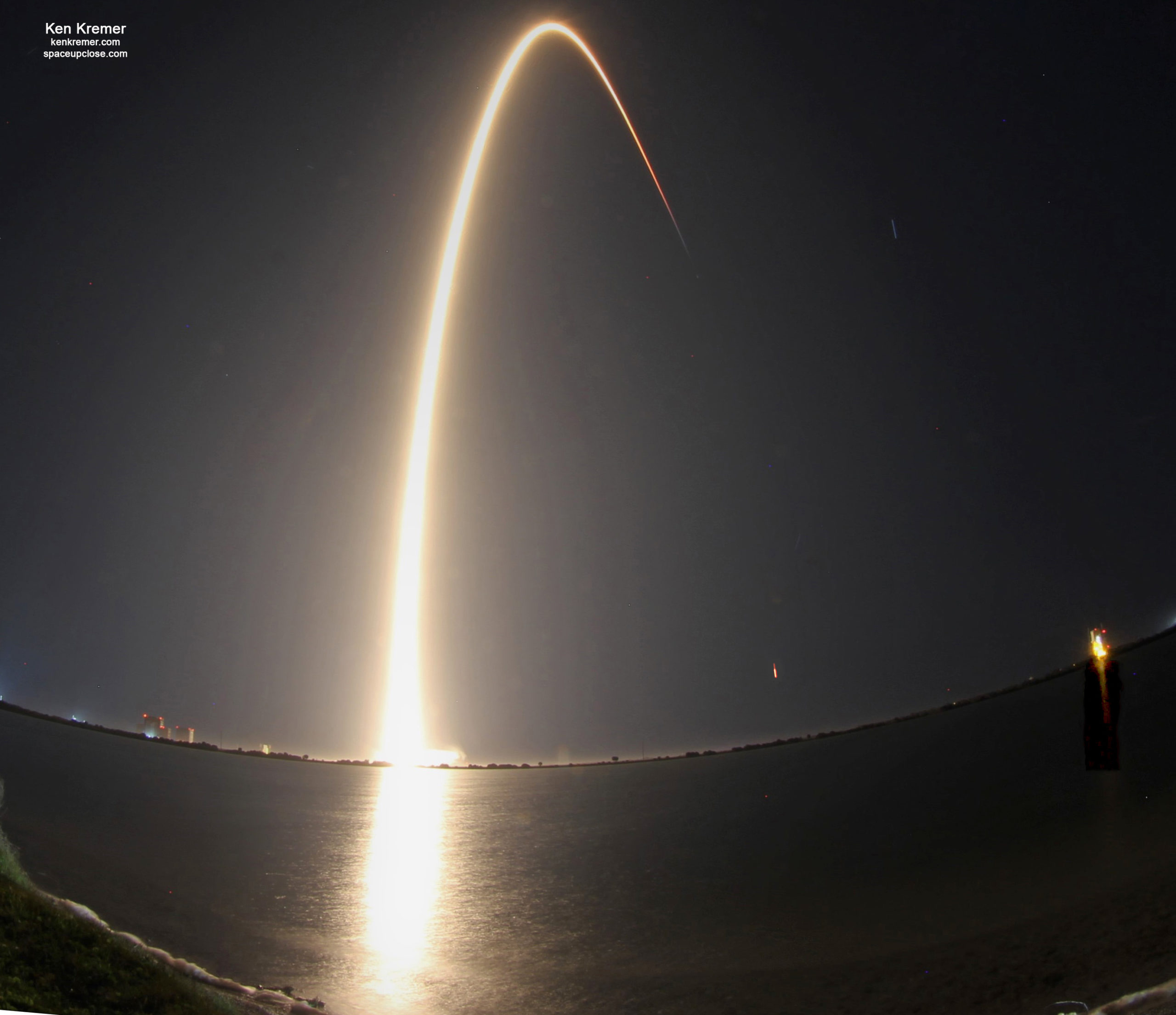
The next Starlink launch is NET March 22.
Starlink promises to offer High-speed, low latency broadband internet across the globe starting in rural areas and expanding.
SpaceX is planning for a Starlink constellation in excess of 10,000 satellites.
They initially need about 1,584 satellites to establish service in most of North America with Starlinks orbiting some 341 miles (550 kilometers) above Earth on traveling on paths inclined 53 degrees to the equator.
Starlink is now delivering initial beta service both domestically and internationally, and will continue expansion to near global coverage of the populated world in 2021.
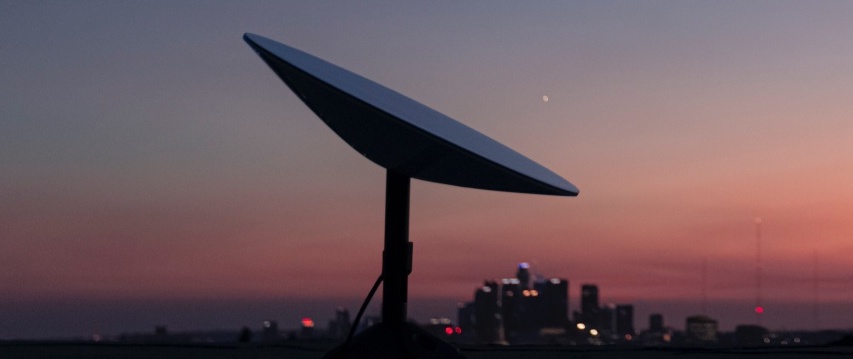
Following this latest 22nd batch that brings the total number of Starlink satellites launched to 1,325 internet satellites. That includes earlier prototypes mostly from the first launch as well as the 10 Starlink sats launched to polar orbit on the last Falcon 9 launch on Transporter-1 mission on Jan. 24. Check out our story and photos
The actual number of Starlink satellites is estimated to be at least 60 less due to some earlier versions being intentionally deorbited due to malfunctions or other reasons
Astronomer Jonathan McDowell keeps a running tally of Starlink at this page
https://planet4589.org/space/stats/megacon/starbad.html
The 500 pound flat panel Starlink satellites are manufactured by SpaceX in Redmond, Washington.
The new mission thus fortifies the Starlink constellation of relay satellites that one day upcoming will offer a competitive alternative to existing broadband services across North America – including the US and Canada
Watch Ken’s continuing reports about Starlink, Mars 2020 Perseverance and Curiosity rovers, Artemis and NASA missions, SpaceX, Commercial Crew Starliner and Crew Dragon and onsite for live reporting of upcoming and recent SpaceX and ULA launches including Crew 1 & 2, Demo-2, ISS, X-37B, Solar Orbiter, NRO spysats and national security missions and more at the Kennedy Space Center and Cape Canaveral Space Force Station.
Stay tuned here for Ken’s continuing Earth and Planetary science and human spaceflight news: www.kenkremer.com –www.spaceupclose.com – twitter @ken_kremer – email: ken at kenkremer.com
Dr. Kremer is a research scientist and journalist based in the KSC area, active in outreach and interviewed regularly on TV and radio about space topics.
………….
Ken’s photos are for sale and he is available for lectures and outreach events
Please consider supporting Ken’s work by donating at Patreon:
https://www.patreon.com/kenkremer
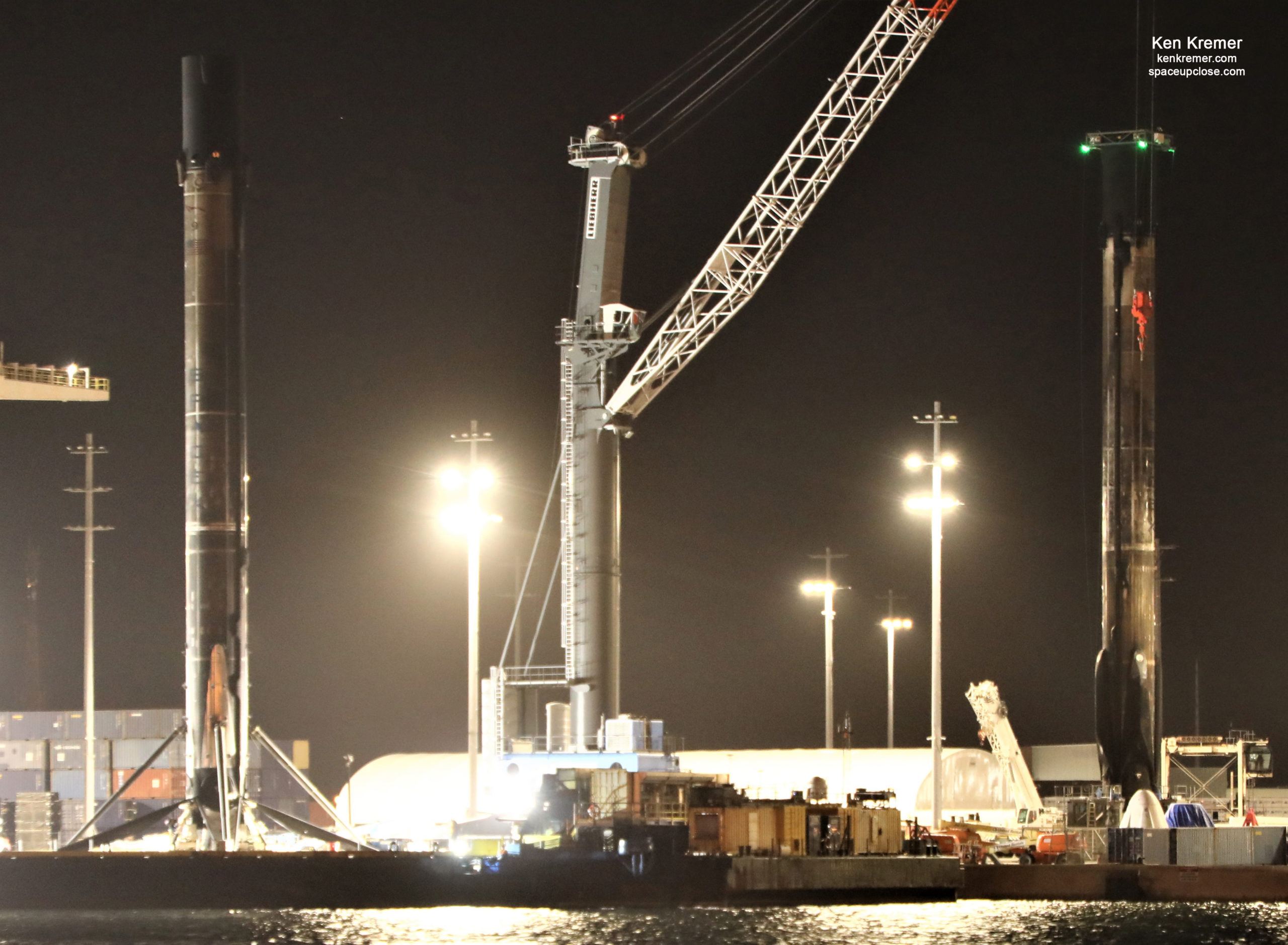
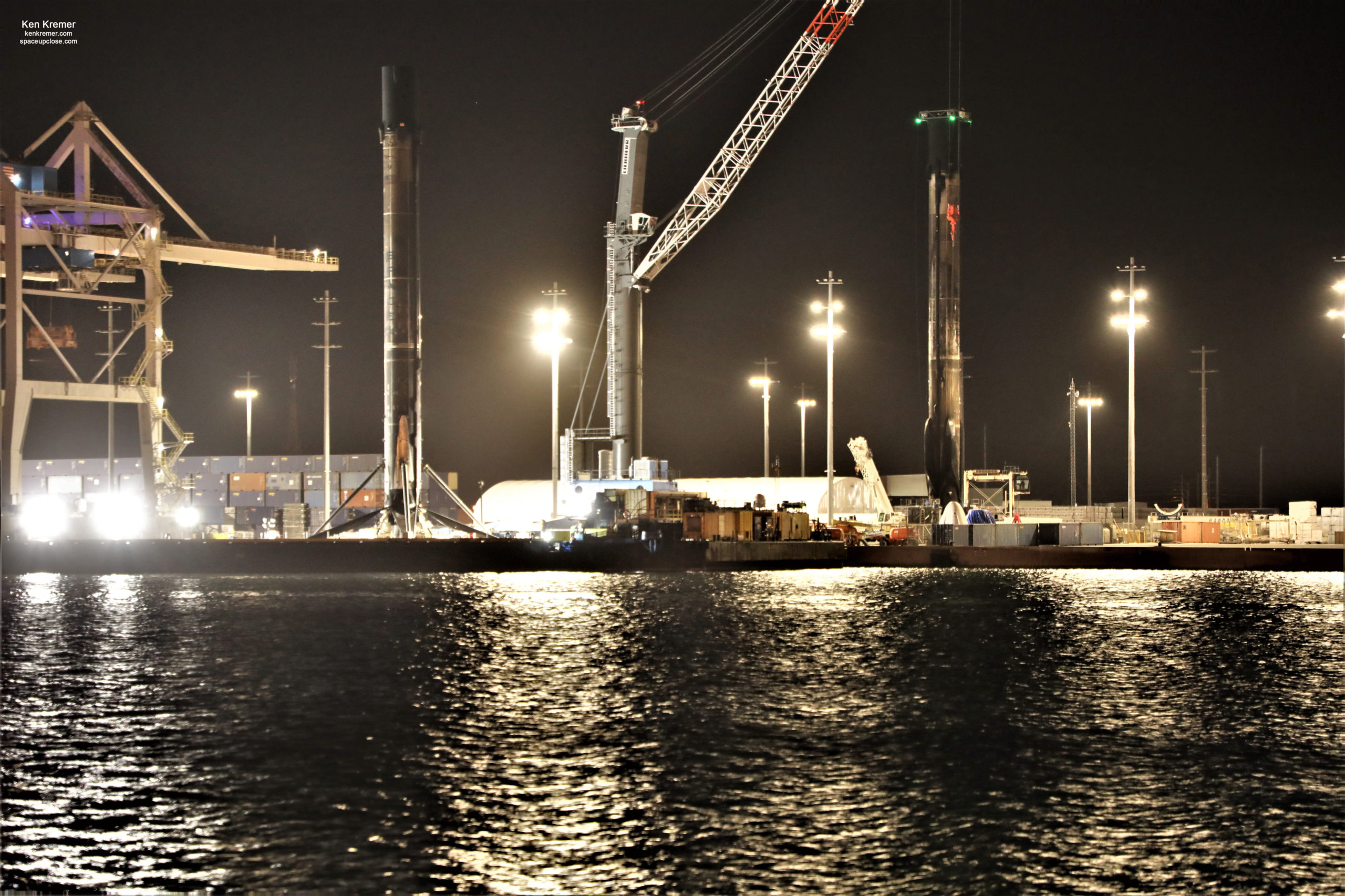

x



